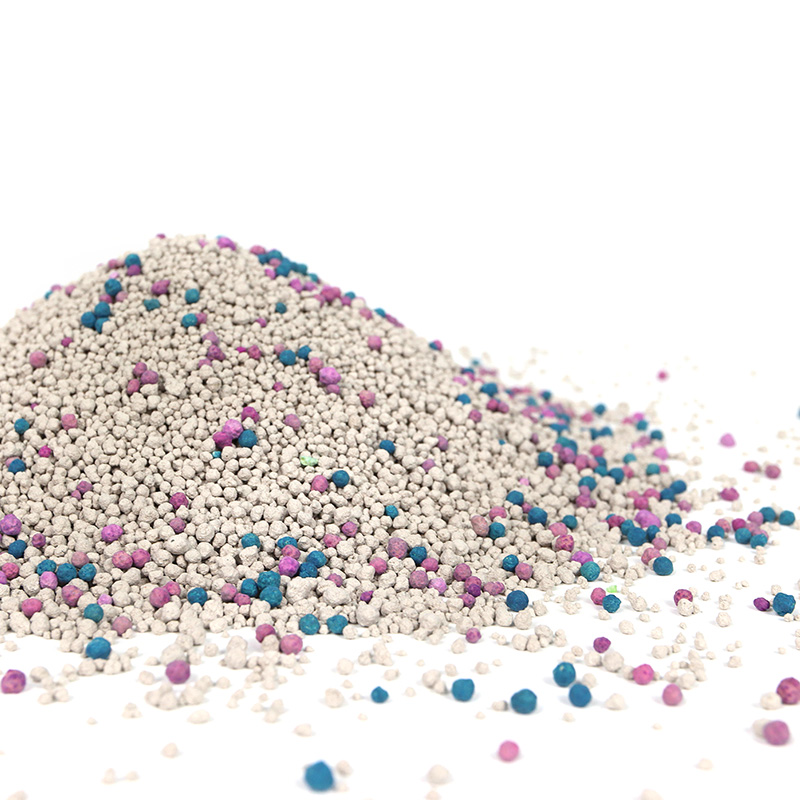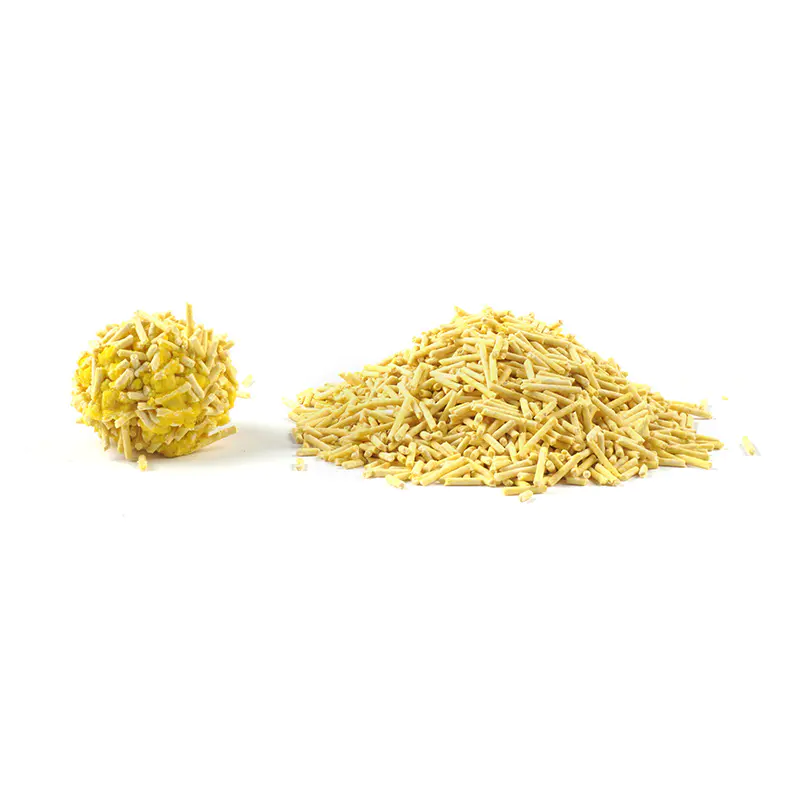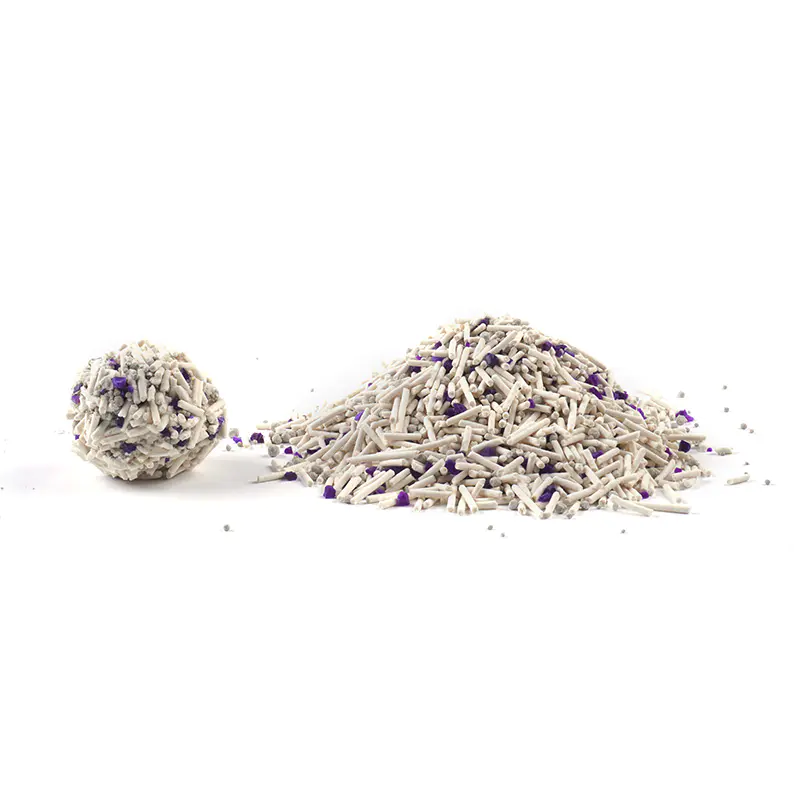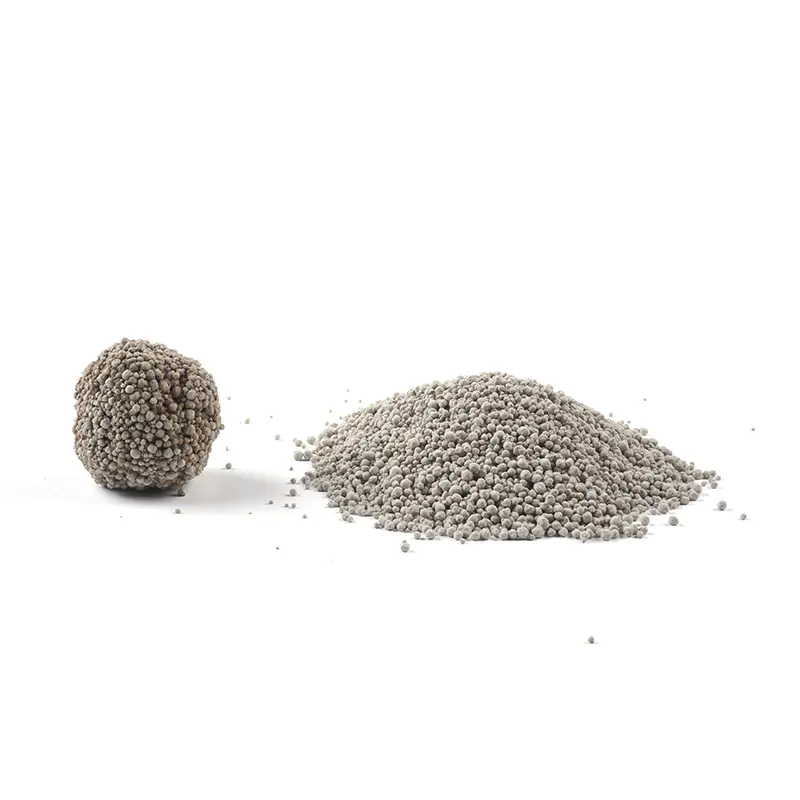
Industry News
What is Bentonite Cat Litter?
Bentonite cat litter is made from bentonite clay, which is a natural clay mineral formed from volcanic ash and water over time. This type of litter is well - known for its unique properties that make it a popular choice among cat owners. The clay is processed by drying, crushing, and granulating it into small particles suitable for use in a litter box.
How Does Bentonite Cat Litter Work?
Absorption Process
When a cat urinates in the litter box, the bentonite clay's magic begins. Bentonite has an extraordinary ability to absorb liquids. Sodium bentonite, a common type used in cat litter, expands and bonds upon contact with moisture. As the urine is absorbed, the clay particles clump together tightly. This not only traps the urine but also helps in locking in the unpleasant odors associated with it.
Odor Control
The clumping action is crucial for odor control. By isolating the waste within the clumps, it prevents the spread of bacteria that cause bad smells. Additionally, some bentonite cat litters are enhanced with natural odor - neutralizing agents like baking soda or activated charcoal. These additives work in tandem with the clay's natural absorbency to keep the litter box and the surrounding area smelling fresh.
Key Features and Advantages of Bentonite Cat Litter
Excellent Clumping Ability
One of the most significant advantages of bentonite cat litter is its clumping power. When it comes into contact with moisture, it forms tight and sturdy clumps. This makes it incredibly easy for cat owners to scoop out the soiled litter. The clumps are firm enough that they can be easily removed without breaking apart, leaving the rest of the clean litter in the box undisturbed. This not only simplifies the cleaning process but also helps to save litter, as only the affected areas need to be removed.
Superior Absorbency
Bentonite clay is like a sponge for moisture. It can quickly soak up a large amount of urine, keeping the litter box dry. This high absorbency rate is beneficial in multiple - cat households, where the litter box may be used more frequently. By reducing the amount of moisture in the litter box, it also helps to prevent the growth of bacteria and mold, which can be harmful to both cats and humans.
Cost - Effective
Compared to some other types of cat litter, bentonite cat litter is often more affordable. Its long - lasting clumping power means that you use less litter over time. You don't have to replace the entire litter box as frequently, which can result in significant savings in the long run. This makes it an attractive option for cat owners who are looking for a high - performing yet budget - friendly litter solution.
Natural and Safe
Bentonite cat litter is made from natural ingredients, which is a relief for cat owners concerned about their pet's health. It is free from harmful chemicals and additives that could potentially irritate a cat's sensitive paws or respiratory system. This natural composition also makes it a safer option in case a cat accidentally ingests a small amount of litter while using the box.
Types of Bentonite Cat Litter
Regular Bentonite Litter
This is the most common type of bentonite cat litter. It comes in various particle sizes, with the granules being irregularly shaped. Regular bentonite litter offers good absorbency and clumping properties, making it suitable for everyday use. However, it may produce a bit more dust compared to some of the more refined options.
Dust - Free Bentonite Litter
For cat owners who are concerned about dust, especially if they or their cats have respiratory issues, dust - free bentonite litter is a great alternative. Manufacturers use special processing techniques to reduce the amount of dust in these litters. They often go through additional screening or have binders added to keep the particles together, minimizing the amount of airborne dust during use.
Enhanced Bentonite Litter
Enhanced bentonite litters are formulated with additional features. Some may contain more powerful odor - neutralizing agents, while others might have improved clumping properties. For example, they could form even more solid and compact clumps, making the cleaning process even more efficient. These litters are designed to offer an extra level of performance for cat owners who want the best in terms of odor control and ease of use.

How to Use Bentonite Cat Litter
Choosing the Right Litter Box
Select a litter box that is large enough for your cat to move around in comfortably. The size of your cat should be a primary consideration. For larger cats, a bigger litter box is essential. You also need to decide between an open or covered litter box. Some cats prefer open boxes as they offer more ventilation, while others may feel more secure in a covered box. Consider your cat's personality and habits when making this choice.
Filling the Litter Box
Pour a sufficient amount of bentonite litter into the litter box. A depth of at least 2 - 3 inches is recommended. This depth allows the litter to absorb moisture effectively and form proper clumps. The exact amount of litter needed will depend on the size of the litter box and the number of cats using it. In a multi - cat household, you may need to add a bit more litter to ensure that there is enough capacity to handle the increased waste.
Maintaining the Litter Level
Regularly monitor the level of litter in the box. As your cat uses the litter box and the litter is scooped out, the level will decrease. Add more litter as needed to maintain the recommended depth. This helps to ensure that the litter continues to function properly and provides adequate absorption and odor control.
Scooping Soiled Litter
Use a scoop designed for clumping litter to remove soiled litter and clumps from the box. Start by scooping out solid waste first, as this is easier to handle. Then, focus on removing the clumps of urine - soaked litter. Be thorough in your scooping to keep the litter box clean and odor - free. Dispose of the scooped litter in a trash bag or a designated waste bin.
Replacing the Litter
Completely replace the litter in the box once a month or as needed. Over time, the litter may start to lose its effectiveness, and bacteria may build up. Empty the litter box, clean it with mild soap and water, and rinse it thoroughly. Then, refill it with fresh bentonite litter to start the cycle anew.
Safety and Environmental Considerations
Respiratory Concerns
Although bentonite cat litter is generally safe, the dust associated with it can be a concern, especially for those with respiratory issues. Inhaling excessive amounts of dust from the litter can irritate the lungs. To mitigate this, cat owners can choose low - dust or dust - free bentonite litter options. Wearing a mask when handling the litter, especially when pouring it into the litter box, can also help reduce the risk of inhaling dust.
Environmental Impact
Bentonite clay is a natural resource, but the mining process used to obtain it can have an environmental impact. Additionally, since bentonite litter is not biodegradable, its disposal can contribute to landfill waste. To be more environmentally conscious, some cat owners choose to compost their cat waste along with the litter if they have a composting system that can handle it. Others look for brands that offer more sustainable packaging for their bentonite cat litter, such as recycled or biodegradable packaging materials.

Tofu Cat Litter

Tofu Cat Litter

Mixed Cat Litter

Mixed Cat Litter

Bentonite Cat Litter


Got Questions? Call us 24/7

+8615263229311
No.88, Quandu Road, Xigang Town, Tengzhou City, Shandong, China. (Sincere Industrial Park)

OEM Cat Litter Manufacturers Bulk Cat Litter Wholesale Biodegradable Cat Litter Company
